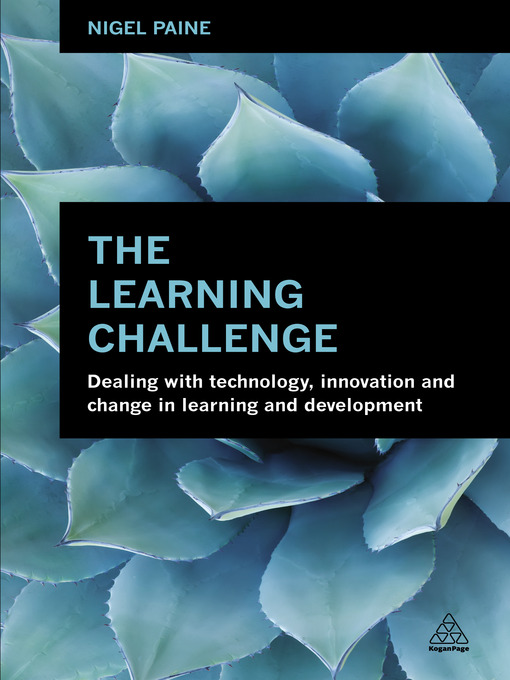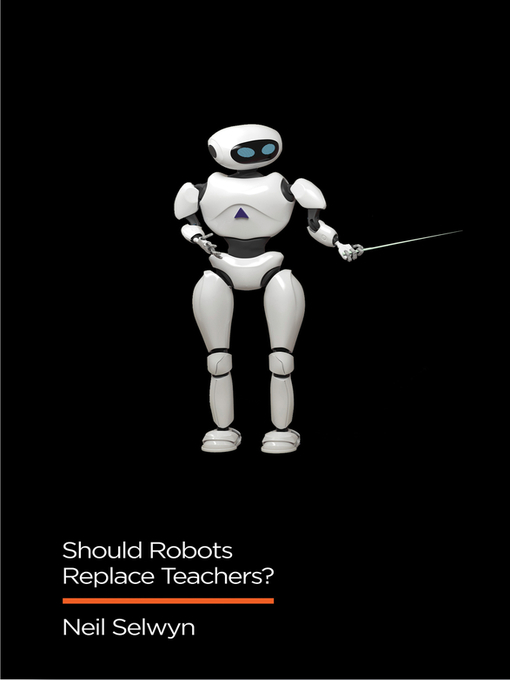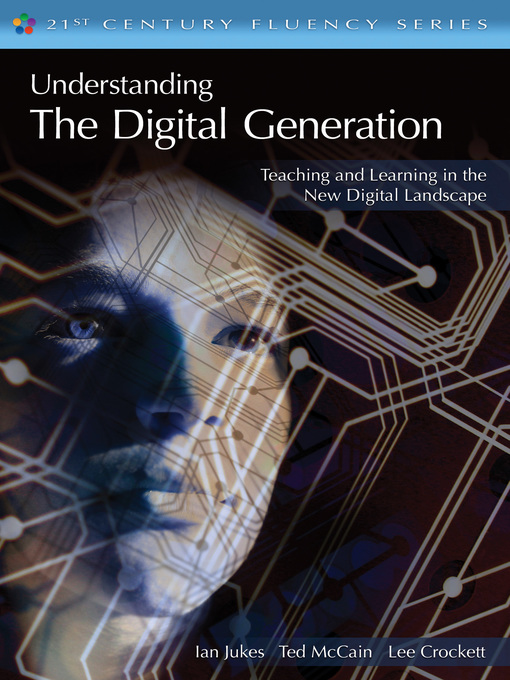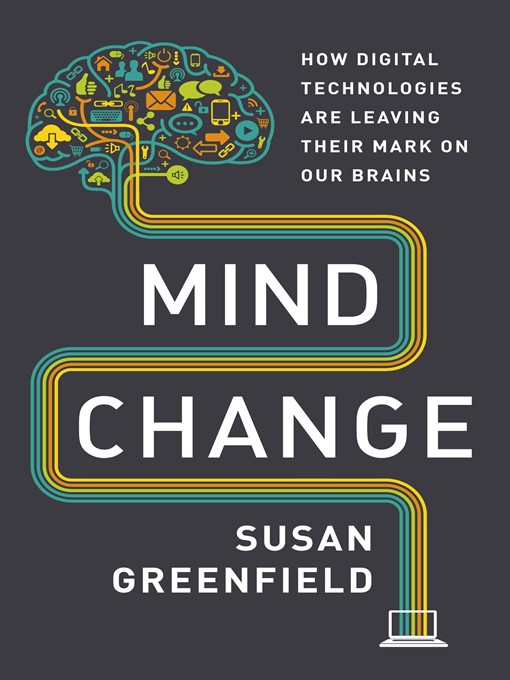Impact of Technology on Learning
This resource guide was created as part of a learning package on A New Normal. For other related resource guides, please head to this directory of Learning Packages.
Impact of Technology on Learning

Photo credit: Retrieved from https://unsplash.com/photos/2FPjlAyMQTA
The COVID-19 pandemic has radically shifted the learning experience on an unprecedented scale. While online internet access and technology tools provide a seemingly convenient solution to transition from onsite and face-to-face interaction to a virtual learning environment, the current situation has revealed the lack of these facilities and other digital barriers in many communities worldwide, including Singapore.
In a 2019 survey conducted by the Infocomm Media Development Authority, 98% of households in Singapore with school-going children enjoy computer access at home and nearly 100% of them have home internet access.1 This means that every young learner has the capability to go online, accessing new ways to learn without the physical presence of an educator or trainer. However, the reality is that some communities do not have access to digital tools or conducive spaces necessary for digital learning.2
Big Data and machine learning have augmented teaching, allowing course content to adapt to individual needs and proficiencies. Web-based learning tools within the learning space such as virtual classrooms also aid in engaging students and instilling a sustained interest in learning. New multimedia and interactive tools such as games or simulations have provided both schools and workplaces with novel ways to deliver content, and for learners to experience knowledge differently. For the working community, there are numerous avenues to learn and upskill with professional courses available in online and digital formats and multiple ways to learn, experience and practice course content.
How effective technology is on the learning experience in terms of its role in reinforcing human connections and social interactions is also an important consideration when assessing its impact.3
To learn more, check out the resources listed below.
Websites
1. How technology is shaping the future of education
Jones, K. (2020, February 17). How technology is shaping the future of education. Visual Capitalist. Retrieved 2020, May 11.
2. Commentary: The rise of the digital economy – and how education may be transformed
Tan, J. (2020, February 5). Commentary: The rise of the digital economy – and how education may be transformed. Channel NewsAsia. Retrieved 2020, April 28.
3. 2020 EDUCAUSE Horizon Report | Teaching and Learning Edition
Brown, M., McCormack, M., Reeves, J., Brooks, D.C., & Grajek, S. (2020). 2020 EDUCAUSE Horizon Report | Teaching and Learning Edition. EDUCAUSE. Retrieved 2020, April 28.
4. Future skills: How our innovators are transforming adult online learning
Selinger, E., & Solder, A. (2020, May 13). Future skills: How our innovators are transforming adult online learning. Nesta. Retrieved 2020, May 14.
5. What 126 studies say about education technology
J-PAL North America. (2019, February 26). What 126 studies say about education technology. Massachusetts Institute of Technology. Retrieved 2020, May 11.
6. Will online education widen Asia’s digital divide?
Lau, J. (2020, April 21). Will online education widen Asia’s digital divide? Times Higher Education. Retrieved 2020, May 14.
Ebooks
1. The learning challenge: Dealing with technology, innovation and change in learning and development
Paine, N. (2014). The learning challenge: Dealing with technology, innovation and change in learning and development. Kogan Page. Retrieved from OverDrive. (myLibrary ID is required to access this ebook.)

2. Should robots replace teachers?: AI and the future of education
Selwyn, N. (2019). Should robots replace teachers?: AI and the future of education. Wiley. Retrieved from OverDrive. (myLibrary ID is required to access this ebook.)

3. Understanding the digital generation: Teaching and learning in the new digital landscape
Jukes, I., & McCain, T. (2014). Understanding the digital generation: Teaching and learning in the new digital landscape. SAGE Publications. Retrieved from OverDrive. (myLibrary ID is required to access this ebook.)

4. Mind change: How digital technologies are leaving their mark on our brains
Greenfield, S. (2015). Mind change: How digital technologies are leaving their mark on our brains. Random House Publishing. Retrieved from OverDrive. (myLibrary ID is required to access this ebook.)

Videos and Podcasts
1. Digital literacy – Students’ Voxpop
Source: Digital literacy – Students’ Voxpop. (2020, March 6). MOE Singapore. Retrieved 2020, April 28.
2. The future of universities in a block chain world
Source: The future of universities in a block chain world | Diane Sieber | TEDxBoulder. (2017, October 18). TEDx Talks. Retrieved 2020, April 28.
3. Neuroscience, AI and the future of education
Source: Neuroscience, AI and the future of education | Scott Bolland | TEDxSouthBank. (2016, June 30). TEDx Talks. Retrieved 2020, April 28.
4. The Digital Divide and Remote Learning
Harvard EdCast: The Digital Divide and Remote Learning. (2020, April 22). Harvard Graduate School of Education. Retrieved 2024, November 24 from SoundCloud.
If you are interested to find out more about the impact of technology on learning, check out the following journal articles and resources in Chinese and Malay.
Journal Articles
1. Investigating self-directed learning and technology readiness in blended learning environment
Geng, S., Law, K.M.Y., & Niu, B. (2019). Investigating self-directed learning and technology readiness in blended learning environment. International Journal of Educational Technology in Higher Education 16(1), 1–22. Retrieved 2020, April 30 from ProQuest database via NLB’s eResources website. (myLibrary ID is required to access this article.)
2. Adult learning in the control society: Digital era governance, literacies of control, and the work of adult educators
Smythe, S. (2018). Adult learning in the control society: Digital era governance, literacies of control, and the work of adult educators. Adult Education Quarterly, 68(3), 197-214. Retrieved 2020, May 14 from EBSCOhost database via NLB’s eResources website. (myLibrary ID is required to access this article.)
3. The online learning divide
Reilly, K. (2020, April 6). The online learning divide. TIME Magazine, 195(12-13), 38-41. Retrieved 2020, May 14 from EBSCOhost database via NLB’s eResources website. (myLibrary ID is required to access this article.)
Chinese, Malay and Tamil resources
1. 专家:5G时代来临,在线教育将有更多思路加强与学生的互动
俞骄。(2019年11月27日)。专家:5G时代来临,在线教育将有更多思路加强与学生的互动。澎湃新闻。Retrieved 2020, May 4.
5G technology brings about opportunities for online education and enhances the user experience as well as enables educators to better access the effectiveness of their lesson.
2. 教科文组织:新冠疫情催生远程学习 但数字鸿沟令人担忧
教科文组织:新冠疫情催生远程学习 但数字鸿沟令人担忧。(2020年4月21日)。联合国网站。Retrieved 2020, April 30.
UNESCO reports that school closures due to COVID-19 has resulted in remote and virtual learning for primary and secondary school students worldwide. However, a large number of them do not have the required infrastructure and equipment. It adds that alternative measures such as using existing community radio and televisions and appropriate training for teachers to conduct such long-distance learning is important to ensure that learning is not disrupted during this period.
3. Pembelajaran di rumah bermula; pelajar sesuaikan diri ikuti kelas maya
Pembelajaran di rumah bermula; pelajar sesuaikan diri ikuti kelas maya. (2020, April 2). Berita Mediacorp. Retrieved 2020, April 24.
Since the implementation of home-based learning, students have had to attend virtual lessons and adapt themselves to the use of applications such as Zoom.
4. Peranan teknologi dalam dunia pendidikan.
Peranan teknologi dalam dunia pendidikan. (2022, November 17). Prosiding Seminar Nasional Pendidikan. Retrieved 2024, April 6.
This article discusses the role and impact of technology in our lives.
Disclaimer/ Rights statement
The information in this resource guide is valid as at May 2020 and correct as far as we are able to ascertain from our sources. It is not intended to be an exhaustive or complete history on the subject. Please contact the Library for further reading materials on the topic.
All Rights Reserved. National Library Board Singapore 2020.
References
-
IMDA (2019). Annual survey on infocomm usage in households and by individuals for 2019. Infocomm Media Development Authority. Retrieved 2020, April 30 from https://www.imda.gov.sg/infocomm-media-landscape/research-and-statistics/survey-reports ↩
-
Lee, V. (2020, April 19). Home-based learning – a look at three homes. The Straits Times. Retrieved 2020, May 14 from https://www.straitstimes.com/lifestyle/home-based-learning-a-look-at-three-homes ↩
-
Bekar, B., Casasbuenas, J., & Barnet, G. (2020, April 3). Learning remotely: what to prioritise during COVID-19. Nesta. Retrieved 2020, May 14 from https://www.nesta.org.uk/blog/learning-remotely-during-covid-19/ ↩

